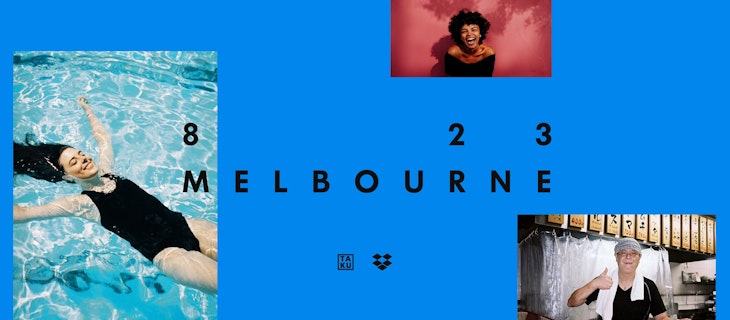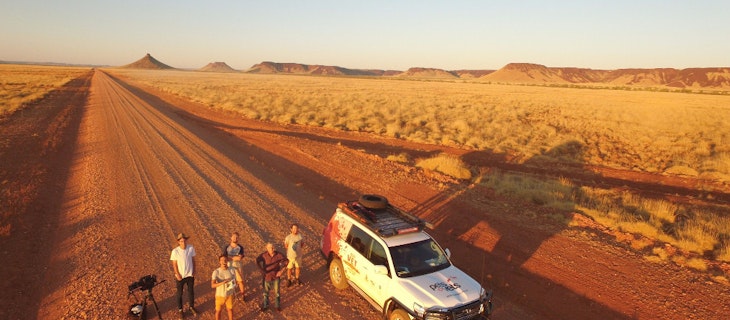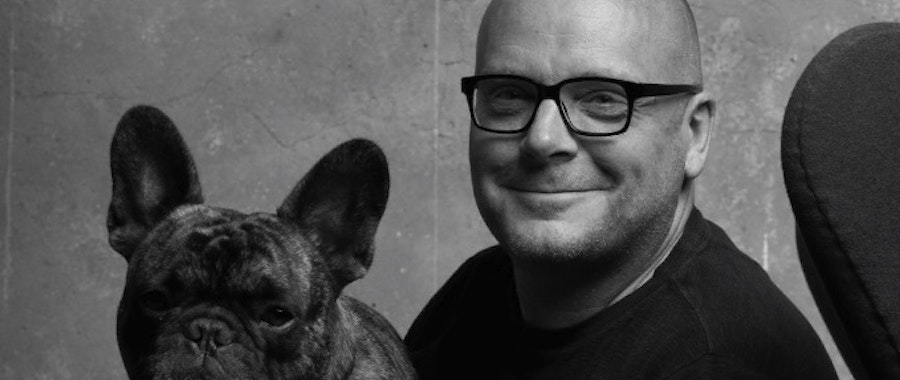
Breaking the Ice with Vince Frost
In a 25+ year career, Vince Frost has raised the bar by which design agencies can call themselves ‘multi-disciplinary’. As Founder, CEO and Executive Creative Director of Frost* Collective, he oversees a network of firms who work together with one common goal in mind: to design human experiences that enrich lives. We spoke to Vince to see how he fosters collaboration to build a thriving design business.
Frost* Collective’s network all sits in one cavernous studio in Redfern, Sydney and specialises in a wide array of design fields including branding and communications, digital design, virtual reality, packaging, environmental design, and consultation.
Can you talk about how Frost* Collective grew from one business to now six?
Originally it was just Frost* Design, which was focused on strategic branding and communications. Over the years we’ve been focusing on adding value to clients while continuing to disrupt our own business. Part of that disruption was to create Frost* Collective in 2014, consisting of multiple businesses each with specialist capability. This started with The Nest which is our digital business, then Urbanite which is our environmental design business. Recently there has been the additions of Jack, which is our mindful packaging business, and Pivot which is centered around business transformation strategies.
Is there some unifying thread that ties together all these separate businesses?
Every business evolved from the realisation that we had been growing certain specialities, or repeating project types in particular fields. For example, when we were just Frost* Design, around half of our work was in the environmental space, so it seemed sensible to create a new entity (Urbanite) dedicated to that specific field. As time goes on, we find that we’re getting a lot of experience catering to diverse industries. One minute we're doing property, the next a charity, or an arts organisation. I take that momentum, expertise, and that focus, and apply it more proactively to create more opportunities for that specific offering.
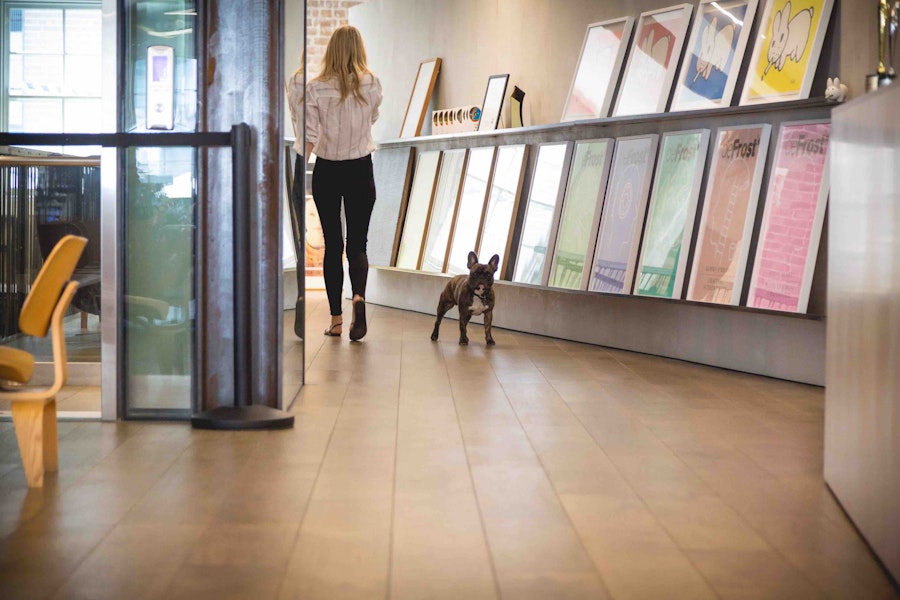
And so how do you work in the collective now?
I started out as a designer in England in the 80s, though I never learnt a lot about business. It's taken a lot of trial and error over 25 years to learn how to run a business, and I'm still learning today. I'm very excited about business and creating a successful environment for my team to achieve their goals – there's something very compelling about adding value to clients, to employees and helping others to be successful. My time is spent on new business and on the strategic planning of our collective. I work on personal projects as well, so a whole array of things I'm doing at any one time.
I like being busy. The busier I am, the happier I am, and the more excited I feel about bringing ideas to life, which is what I'm about.
And so that includes the development of your own staff too?
Absolutely, we spend a lot of time setting up systems within the business; really keeping a close eye on it and doing an array of things to help us be vibrant, dynamic and engaged. Every month we do an event called De-Frost* in our courtyard, which is about bringing inspiring people into the mix to stimulate ideas and conversations and to attract staff as well as clients and friends. We also have a wellness program in our studio and do monthly professional development meetings for every staff member to track their growth.
Do you think a company needs to be a particular size for its owners to take that step back and focus on the business itself?
You can be one person and do it. For me, it's as clear as day because I've been doing it for such a long time.
It's always easier to talk about someone's issues and challenges and opportunities and help them through that, and we work with businesses with teams of 5 to 30. To enable people to change or evolve you need to hit a wall, go through some pain (maybe several times) before you say 'F**k, I need to do something about this' and evolve and develop. We're creatures of habit and we'll always keep going back to our comfort zone. It does require a want to put the extra work in and focus on creating some clarity around what they're here to do, why they're here, what is their purpose, what are their goals, how are they going to achieve them etc. Once you have that roadmap I believe everyone can succeed, if they stick to it.
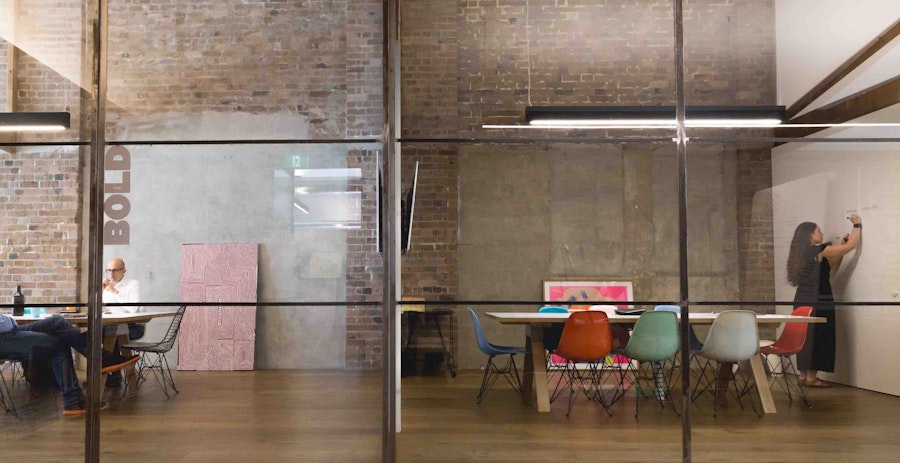
So let's talk about your office. You have multiple companies working out of the one room, is there much crossover between them?
Every business within the collective is its own business with its own Head of Business, and its own team structures. Initially, the first thing I did was give each business targets to achieve, so naturally they started getting territorial about who owned what work. We've since removed that, and instead focused on creating a collaborative environment where everyone understands their work is for the benefit of the clients (and not just the team they're working in). A lot of clients who come into one business end up reaching the whole company, if not 2-3 businesses, and that's where you see the real benefit of that collaborative expertise. You could always use someone down the road or from another company but it just doesn't have the transparency of an open plan studio, and how people bump into each other and talk about projects openly. Whenever we have clients coming in we bring other people into meetings to create other perspectives, and that's a huge benefit too.
Do you have many staff off-site? How do you manage that collaborative spirit when they're out?
Everyone is here unless they're in meetings. We haven't moved into the model of working from home yet, and I don’t think that’s right for us. Over time, our people have evolved; we create real purpose, and our values are about being entrepreneurial, thoughtful, collaborative and caring. We're hiring to those values, so the people we bring in share those values rather than having those values forced upon them.
It's interesting you mention human-centered design – does having all those voices in the one room inform those differing perspectives?
The co-creation part has evolved over time from a want to a need. When I worked at Pentagram in London you would get briefed by the client, then you go away for two weeks and come back and say 'here we go – here's the solution'. It would still be good, but it's a 'design guru' approach with less involvement from the client. That's not to say they're still that way today. When I left there and started my own business, I was sitting next to clients and we were chatting and designing together and I found that to be the most effective way of working. There was no 'ta-da' moment, just the collaborative feeling of 'we've got a great idea here'. We didn't have to force or sell an idea, it sold itself because the client was part of the process.
Most design companies are learning the value of those strategic workshops. When you manage a problem carefully, it often has a very positive outcome. People feel heard, like they're a part of it, and as far as I'm concerned if the client comes up with the idea than that's a great thing.
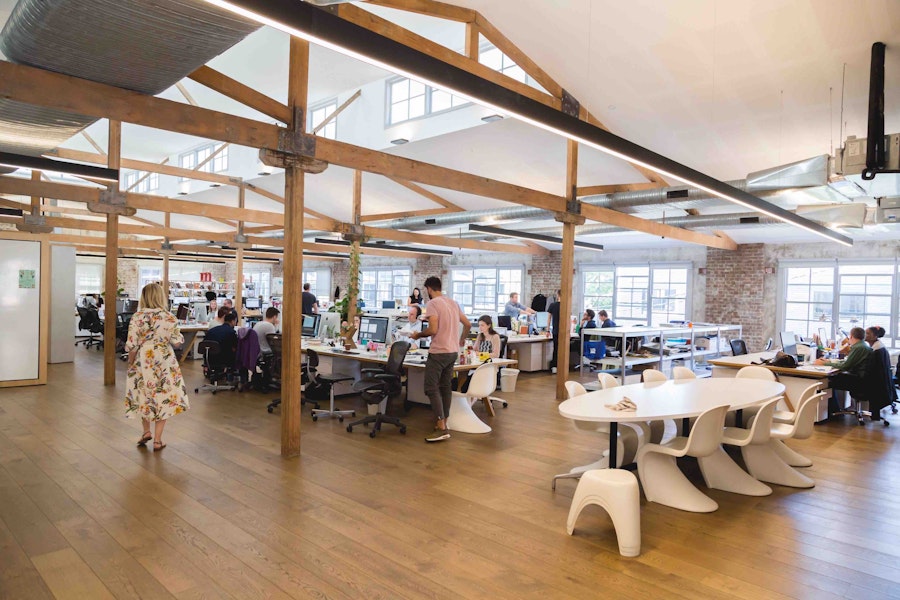
Are there any mistakes you see clients making in this process?
When a client is actively participating – sometimes they've never done this before – the key thing for us is to bring them on a journey, to make them feel comfortable and involved and not shoot down ideas. I think the situation prior to that, and sometimes this still happens, would be when a client is very lean with their time and more into setting deadlines and making you feel like just another supplier.
Design is young in this country and over the last 5-10 years, clients have changed enormously in their openness and attitude towards what we do. It's also about taking the time to show them we've been around a while, we're very experienced and are absolutely determined to create successful outcomes for them. We're not just a service, and we're not there to be beaten up just to deliver on time. We want to be a trusted advisor and part of their team, and put whatever it takes into the mix to make it a successful outcome.
Design thinking has played a big part here. A lot of businesses whom you wouldn't think would be creative are now doing so, like big banks are sending their people to be trained at IDEO in the States, and come back with new ways of solving problems.
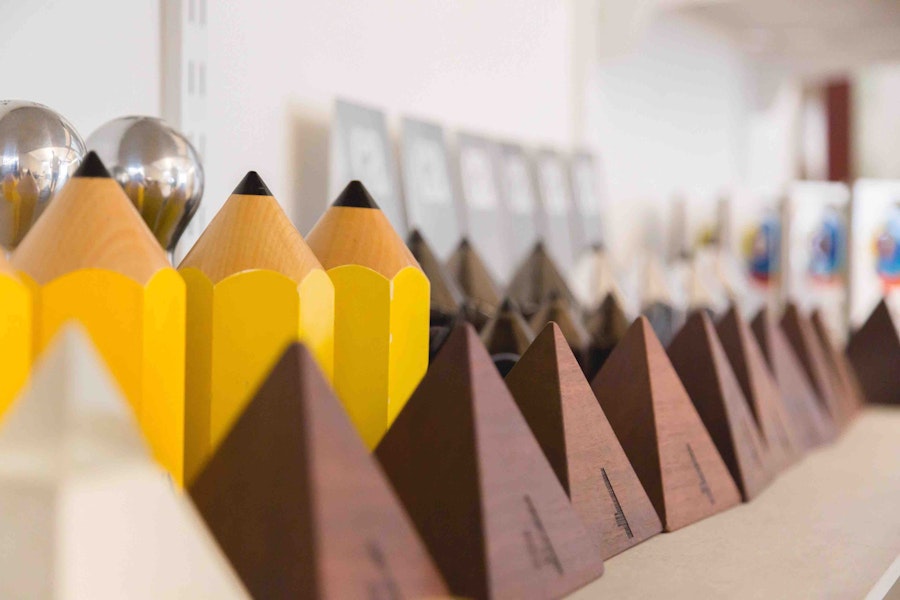
I'm interested in how technology like Dropbox helps foster that creativity too – particularly when you do have everyone in the one room...
There's definitely an element of post-it notes and sketchbooks and covering walls from top to bottom, but once a project is in its flow state it's mostly digital and online. We've been around for a long time and I remember when everything was done by hand. There was limited technology, something as simple as file transfers were difficult (you had to type it in, then physically send it off), even when computers first came in it was still quite basic; I remember the first day I saw Dropbox I thought 'genius idea!'. That step forward helps transform our business and makes our lives easier to enable us to tackle bigger opportunities and projects. And clients found that to be a phenomenal thing too.
So from a technology standpoint, what is missing that could help you be a better business?
We need a data business or data partner...some way of having data at our fingerprints to inform richer insights when we tackle projects. That's the next big thing, the shift from using an organisation who supplies that data to be able to have instant access ourselves, to be able to have a source, or place to go that will give our clients the richness of live data and not just stuff thats 5 years or 3 days old. Content, information, patterns that will blow competitors out of the water.
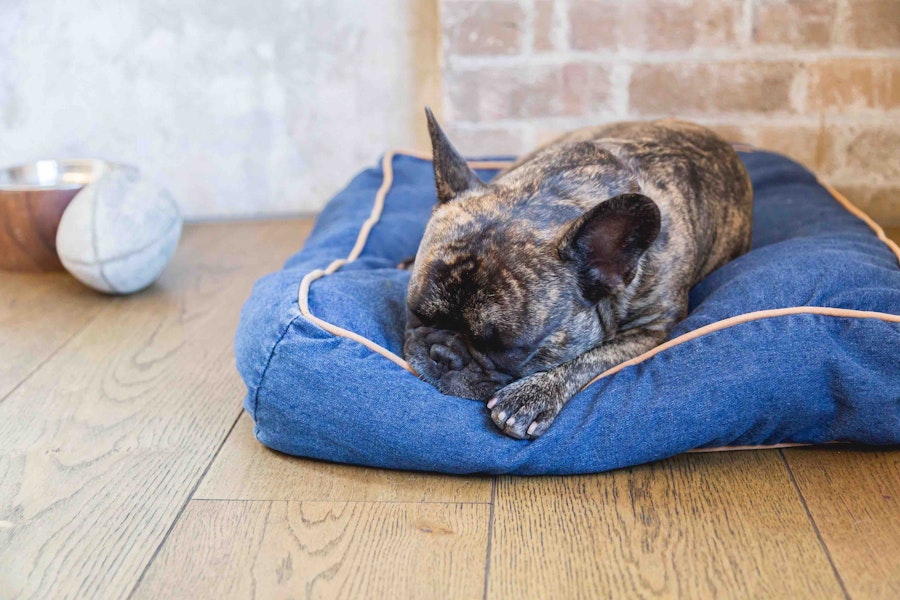
All photos by Hugh O'Brien.

